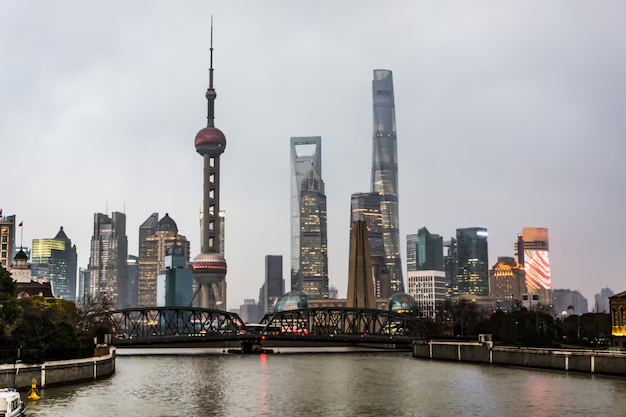In the aftermath of the pandemic, the Hong Kong government has been actively working to rejuvenate its tourism sector through initiatives such as the “Night Vibes” campaign and the slogan “tourism is everywhere in Hong Kong.” While these efforts have yielded some positive results, there remains significant potential for further enhancement.
Tourists from the mainland are increasingly favoring budget-friendly options, and Western visitors are exhibiting reluctance, influenced by prevailing political narratives. At the same time, the global tourism landscape is witnessing the emergence of a powerful new player: Indian tourists, buoyed by their rising economic clout. The flourishing Indian aviation sector, characterized by a marked increase in flight offerings, has played a crucial role in driving this tourism boom.
Indian travelers show a strong preference for destinations in Southeast Asia and the Middle East, with cities like Bangkok and Dubai being particularly popular. Currently, nations such as Thailand and Malaysia have streamlined their entry requirements for Indian tourists, making travel easier. In stark contrast, the procedures for entering Western countries have become more complicated. For instance, obtaining a US visa can involve waiting for up to a year for an appointment, and last year, approximately 20% of Schengen visa applications from Indian nationals were denied.
To enhance their attractiveness to Indian tourists, many countries leverage Bollywood by featuring popular Indian actors as goodwill ambassadors. For example, Abu Dhabi engaged Ranveer Singh last year, while Dubai enlisted Saif Ali Khan and his daughter Sara Ali Khan to represent the brand.
Flights from India to Hong Kong are relatively short, lasting around six hours, with daily departures at competitive prices. Additionally, the Hong Kong government offers visa-free entry to Indian tourists, although they are required to complete an online pre-arrival registration process, implemented in 2017 to address concerns about overstaying.
At present, Western countries are experiencing a surge in tourism and may not actively seek to attract Indian visitors, as they could be apprehensive about the risk of tourists overstaying their visas. According to The Economist, the limited interaction between these regions may foster misunderstandings and heightened tensions, though it’s possible that distance will create a deeper appreciation over time. Therefore, a selective approach to managing tourist influx seems sensible.
Indians represent a notable ethnic minority in Hong Kong, and the local Chinese population is generally familiar with this community. However, South Asians in the city often encounter discrimination. Additionally, the current diplomatic strain between China and India has influenced the Indian government’s stance towards Hong Kong. Given the broader national implications and potential issues associated with tourism, if the Hong Kong government aims to increase its appeal to Indian travelers, it would be prudent to first consult with the central government for coordination.
Revitalize Hong Kong as a City of Aspirations
The letter titled “Food for thought on Hong Kong’s struggling F&B businesses” (September 3) resonates deeply with many of us, highlighting how the current economic climate impacts all aspects of life in the city, especially the retail sector and the food and beverage industry. A particularly poignant remark was about how the prevailing economic conditions fail to instill confidence in business owners.
While no one suggests that recovering from this predicament will be straightforward, the letter rightly emphasizes that we can no longer afford “glib words.”
For long-time residents of Hong Kong, it’s clear that the wrong individuals have been allowed to dictate what they believe is best for the city, leading to disappointing outcomes despite any statistics presented.
Ultimately, it’s impossible to create value from nothing, and the Hong Kong government must understand that promoting “culture” and “patriotism” alone will not suffice.
To revive Hong Kong as a vibrant international city, it must attract tourists with spending power through strategic marketing and innovative business collaborations. This cannot be achieved through a bureaucratic mindset.
Fortunately, there remains an abundance of talent and experience here that can help restore excitement, relevance, and an international flair to this city.
The post Hong Kong Embraces Indian Tourists As Essential Drivers For Sustainable Economic Growth And Vibrant Cultural Exchange appeared first on Travel And Tour World.




Comment (0)